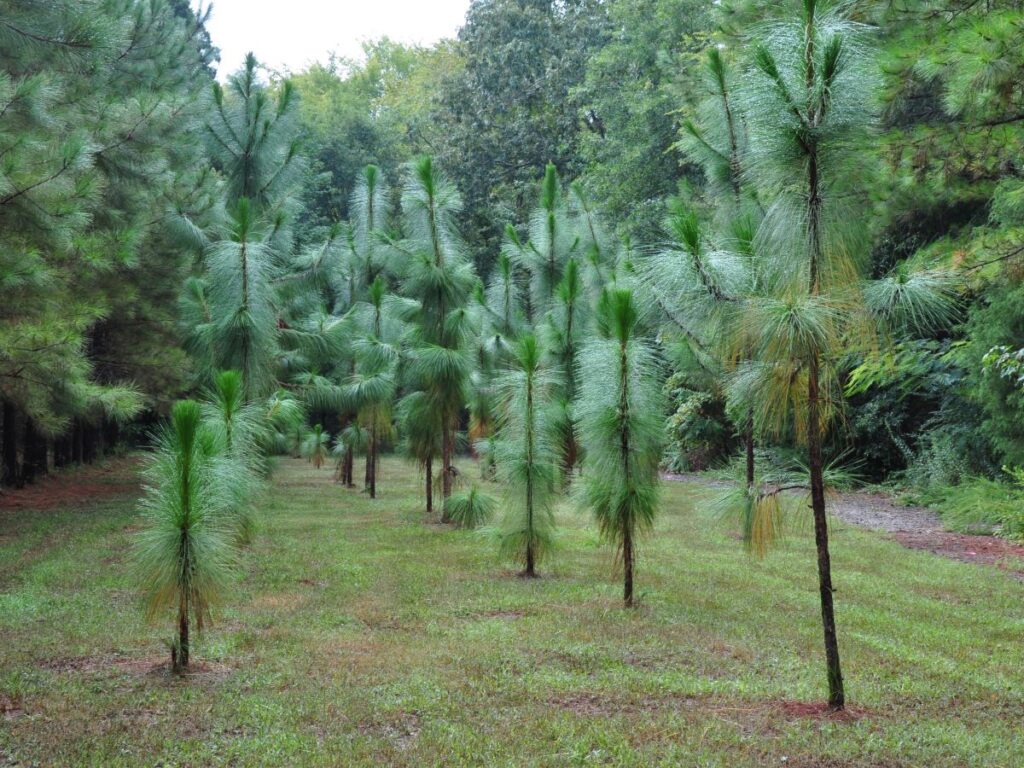Much of East Texas was once dominated by longleaf pine (Pinus palustris) forests but have been in decline for decades.
Longleaf pine ecosystems, like most forested ecosystems in the South, are dependent on frequent, low-intensity fires. The ecosystem thrived when forest fires burned every two to seven years, when lightning and Native Americans regularly caused fires. Native Americans set the woods on fire for many reasons including the need to clear underbrush that hindered their hunting abilities.
Why longleaf
Longleaf pine is valued for forest products like poles, lumber, and pine straw. The species also has increased disease and fire resistance compared to other pines. Wildlife and aesthetic value are often associated with longleaf forests with an active prescribed fire program.
Longleaf forests can be managed for timber, recreation, aesthetics, wildlife and water quality all on the same tract at the same time. Landowner objectives and site characteristics will influence how often and to what extent the site is thinned, burned, or influenced by other treatments.
Maintenance
After planting, it is important to monitor the seedlings and their competing vegetation. Use an approved woody herbicide treatment (only after their second growing season) in place of a prescribed fire if the tract has a lot of hardwood competition.
Tracts without hardwoods should be started on a cool season prescribed burn program after their second growing season. Cool season burns should be completed while trees are dormant usually during January or February. Periodic prescribed burns help control competing vegetation and also lead to the park-like appearance for this forest type. This means establishing a prescribed burn program on a two to three year rotation.
An additional herbicide treatment can be applied in later years if the stand maintains a large amount of hardwood competition. Once longleaf reach about age 10, additional silvicultural treatments will be required to maintain healthy, vigorous forests. These treatments are discussed in Longleaf Pine: Intermediate Stand Management.
The key to establishing and maintaining a longleaf pine forest
Longleaf pines are the most shade intolerant of the southern pines. Making it necessary to control competition from the seedling grass stage on to maturity.
In the past, naturally occurring fires every two to seven years kept stands free of hardwoods and helped maintain that open park-like appearance. So, if longleaf pine is your tree of choice, prescribed fire is necessary in establishing and maintaining a healthy forest. It can be used before planting for debris removal (either as a stand-alone site preparation tool or following mechanical or chemical site preparation); after planting while the trees are still in the grass stage to help control brown spot needle blight; and is required after establishment to maintain health and control competing vegetation.
Since using prescribed fire does carry risks and requires careful planning, you will want to work with your professional resource manager to assist you in the application of this necessary management tool.

